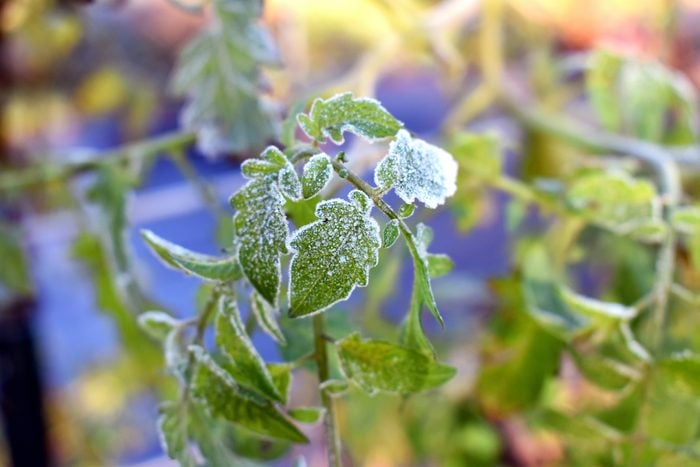
Planting Too Early
The new gardener mistake: A cold-climate new gardener is eager to get petunias, tomatoes and other summer blooming annuals and veggies in the ground at the first sight of frost-free weather in spring. You might get a jump on the season some years, but many gardeners have watched tender plants die when a frost follows a warmup or two.
The fix: Know your typical last killing frost dates in spring, then wait until at least then to plant frost-tender plants. Wait until the all-time-late frost-free time is approaching and check the 10-day forecast to be sure nothing is even close to a freeze before planting. Just because garden and home centers are selling tender plants when you’re there doesn’t mean it’s time to put them in the ground.
Veggie gardeners, listen up! Don’t make these tomato garden mistakes.
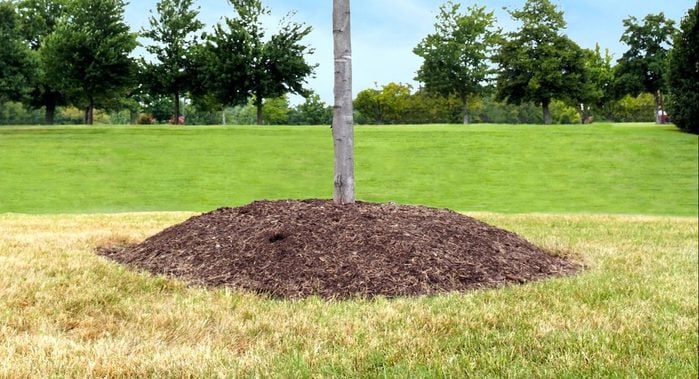
Volcano Mulching
The new gardener mistake: Adding too much mulch around a tree. Volcano mulching is the term for placing mulch in a funnel-like mound that runs up against tree trunks. Though even professional landscapers do this, it’s detrimental as it causes bark rot and gives cover to rodents (mice, chipmunks and voles) that chew on bark. Mulch of more than 3 inches—even if not right up against the trunk—harms trees by reducing the amount of oxygen reaching the roots.
The fix: Keep mulch a few inches away from tree trunks, and limit the layers to no more than 3 inches, including any current mulch layers already in place.
Check out the best types of mulch to use in your landscape.
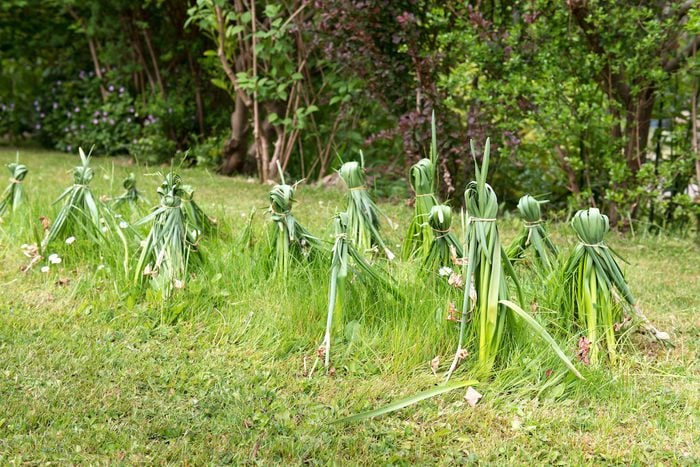
Messing With Green Bulb Foliage
The new gardener mistake: Removing bulb foliage early. The weeks after tulips, daffodils, hyacinths and other spring bulbs finish blooming are very important because that’s when foliage takes in sunlight that provides energy to recharge the bulbs for next year’s bloom. You’ll interfere with that process by cutting off foliage that’s still green or by reducing the surface area by braiding or tying the leaves, as many people do to “neaten” the post-bloom look.
The fix: Don’t cut, braid or otherwise mess with spring bulb foliage until it’s at least started to yellow, which is a signal that most of the season’s photosynthesis work has been completed.
Check out these helpful gardening tips and tricks for beginners from Birds & Blooms readers.
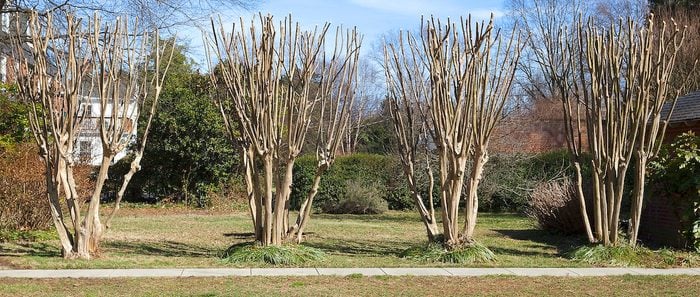
Digging Up Plants That Aren’t Dead
The new gardener mistake: In areas with subfreezing winters, you might think crape myrtles, hardy hibiscus, butterfly bushes, figs and other late-to-leaf-out plants are dead when just about everything else is already green and growing. Know that some plants, especially those native to warmer climates, wait until the weather is consistently warm before springing back to life in late spring. Until then, these might look leafless and dead when they’re actually just still dormant.
The fix: If you’re not sure what’s normal for your plants, at least wait until the end of May or even mid-June before digging them out. A test: Scratch a little bark off leafless woody plant stems. If there’s green underneath, it’s likely your plant is still snoozing and is not dead.
Make sure you never make these perennial plant mistakes.
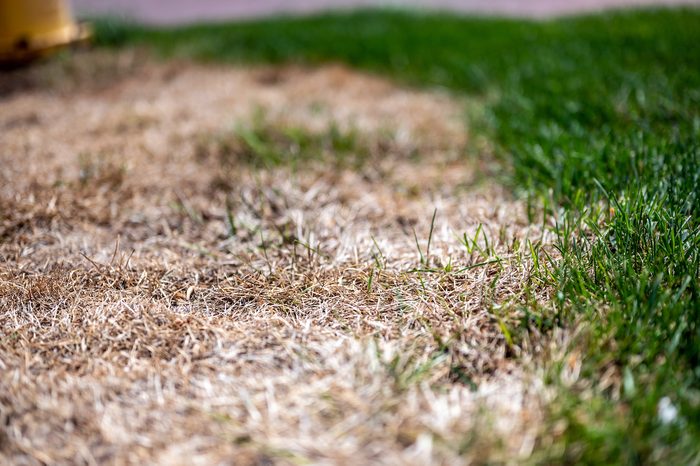
Burning the Lawn With Fertilizer
The new gardener mistake: Some chemical fertilizers are strong enough that if they’re applied in excess, the nitrogen in them can brown grass. Uneven applications can also cause streakiness. Another familiar miscue is when DIYers dump granular fertilizer into their spreader and spill some on the surrounding lawn, which causes the unsightly lawn patches.
The fix: Become a fertilizer expert by applying your fertilizer according to the listed amounts on the package. Or switch to organic fertilizers or those that are high in slow-release nitrogen—both of which are far less likely to burn a lawn. Fill the spreaders on the driveway or other hard surface so you can sweep up spills, keeping fertilizer out of storm sewers and waterways.
Next, discover genius garden hacks you’ll want to steal immediately.
